
A common question new and old gardeners ask is how to identify their sown seeds from all the other mysterious plants that sprout in the garden. This is not always straightforward, as every garden has its own unique ‘’seed bank’’ in its soil. For those wondering, a seed bank is a bank of dormant seeds that occur in the garden or your pot plants that can contain a myriad of seeds including annual weeds, grass seeds, vegetable seeds, and flower seeds.
In this guide, we’ll help you understand your garden weeds covering what they look like, why they grow, and how to eliminate them.
Why Do Weeds Grow?
Many seeds end up in your soil from weeds that have gone to seed. Weed seeds are dispersed via flowering weeds that drop their seed or are brought into the garden by other methods. Contaminated soil mix, straw and mulches can introduce new weeds, as can bird droppings, manures, and even the wind.
Other seeds such as flowers and vegetables are more likely to come from your spent crops, homemade composts, and worm castings.
Weeds come from your soil practices and are excellent at covering freshly cultivated soil, especially when you’re regularly watering and caring for it. This can do a couple of things; smother your sown seeds and shade them out which means they don’t grow. It could also mean that you have to play detective to find out what is a friend and what is a foe.
Packet Seeds = No Weeds
Thankfully, packet seeds are not a source of weeds in the garden as they pass through strict quarantine measures off the farm to guarantee purity. Packet seed is easily identified and specific to the variety, and they’re generally uniform in appearance unless you’re sowing a flower mix.
A seed bank means that each time you cultivate, sow, and water your packet seeds, everything in the soil or seed bank has the ideal conditions to germinate. This is the answer to the popular question we get; ‘’how did weeds grow in the same place where I sowed my seeds?’’.
What Do Weeds Look Like?
Many of Mr Fothergill’s seed packets show an image of the seedling that emerges for your specific variety. This is useful as when your seeds first germinate, they’ll have a set of initial leaves called cotyledons that look very different from the mature crop.
Once the plant matures, the cotyledons shed off to make way for the true leaves of your plant.
Plants from the same genus will have a similar appearance in the cotyledon and seedling stages. For example, broccoli, cabbage, cauliflower, and kale are all members of the Brassica family and have the same two first leaves. Their seedlings almost look like little butterflies or two hearts. Tomatoes and carrots are other examples of common cotyledons found in the home garden.

Tips for Tackling Garden Weeds
Trick the Seed Bank into Germinating Before You’re Ready to Plant
This method is great if you have recently opened up a new patch of soil in your garden. The idea is to water the freshly disturbed soil to encourage seed bank germination and once all of the tiny sprouts appear, cover it with a black tarp to bake them in the sun.
This will exhaust the top layer of your seed bank so when you’re ready to plant, there will be less competition between weeds and your desired crop.

Use a Quick-to-Germinate Crop and Sprinkle it in with Your Seeds
Helping you identify rows, this technique will give you a chance to weed in between them before the weeds have taken over. Radish is commonly used for this purpose when dropped in at intervals along your carrot seeds as they emerge in only a few days.
Grow a Cover Crop Before Planting Season
This approach is similar to encouraging the seed bank to germinate, but instead of tarping with plastic, you shade out weeds with a fast-growing cover crop that can be chopped back into the soil to increase fertility.
Remove Flower Heads off Weeds
Always remove flower heads from the weeds before adding them to compost, or drown them in a bucket of water to reduce the spread of seeds in your garden.
Use Good Soil and Mulch
You should also always use reputable soil & mulch suppliers and don’t accept free-fill for your garden if you don’t know the source. They can contain thousands of seeds (including potentially noxious species that will overtake the garden) and even nasty materials including asbestos.
In exceptionally weedy soils you will have more luck sowing seeds into fresh potting mix or Jiffy pellets as these are sterile products and free from other seeds. You can then transplant them out as seedlings so they have a head start, which is especially helpful for tiny flower seeds such as lobelia, petunia, and foxglove that are easily smothered.

Find Out More About Garden Weeds
It’s helpful to remember that if you’re ever unsure, there’s a wealth of knowledge in garden forums to help you identify the plants sprouting up in the garden. There are also plenty of clever mobile phone apps like Google Lens, which will scan photos for you and deliver a search result.
If you are ever stuck with your Mr Fothergill’s seeds, send a photo using our customer service form and we will be more than happy to identify them for you. We also have a fantastic garden advice blog which will help you with all aspects of home gardening.








































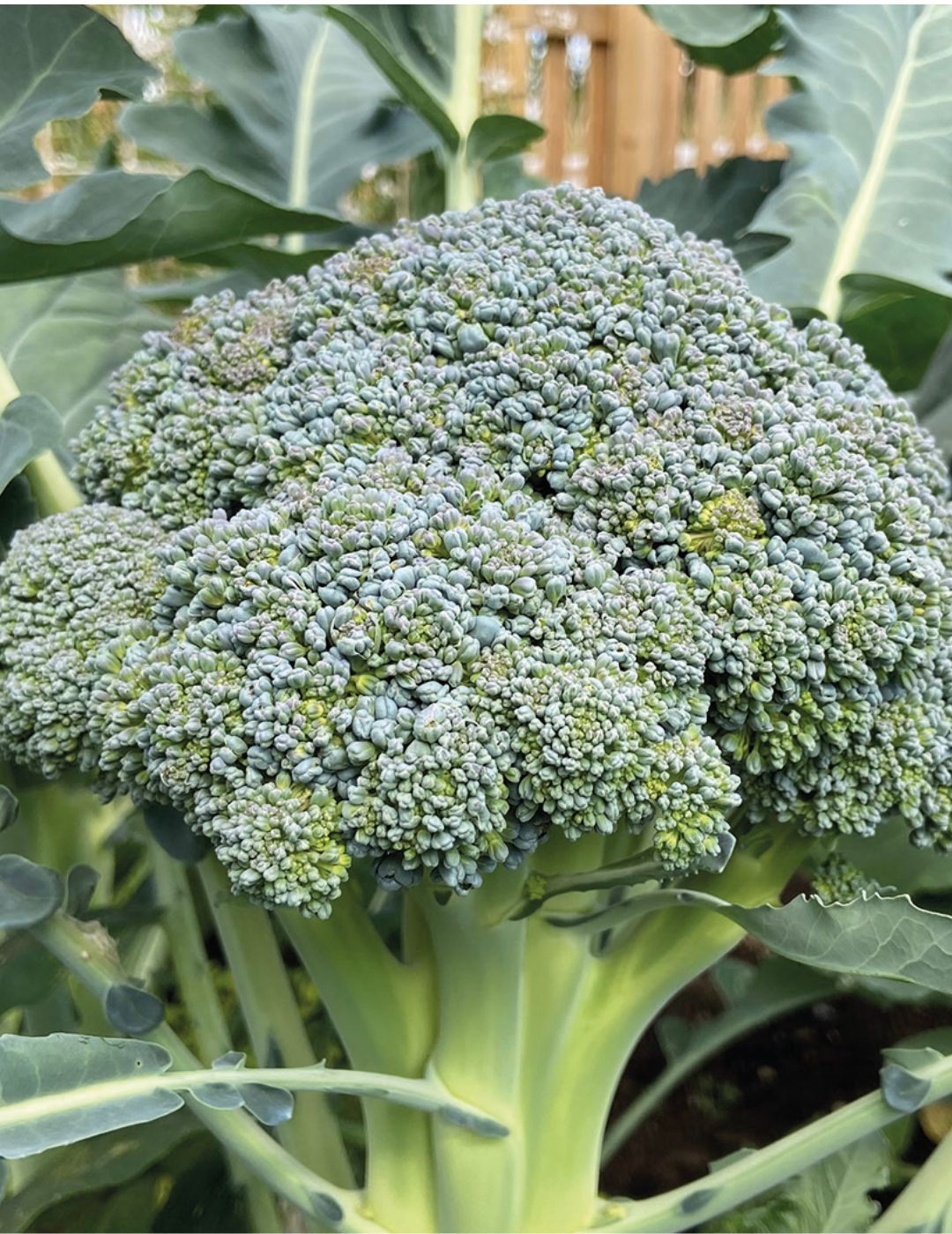
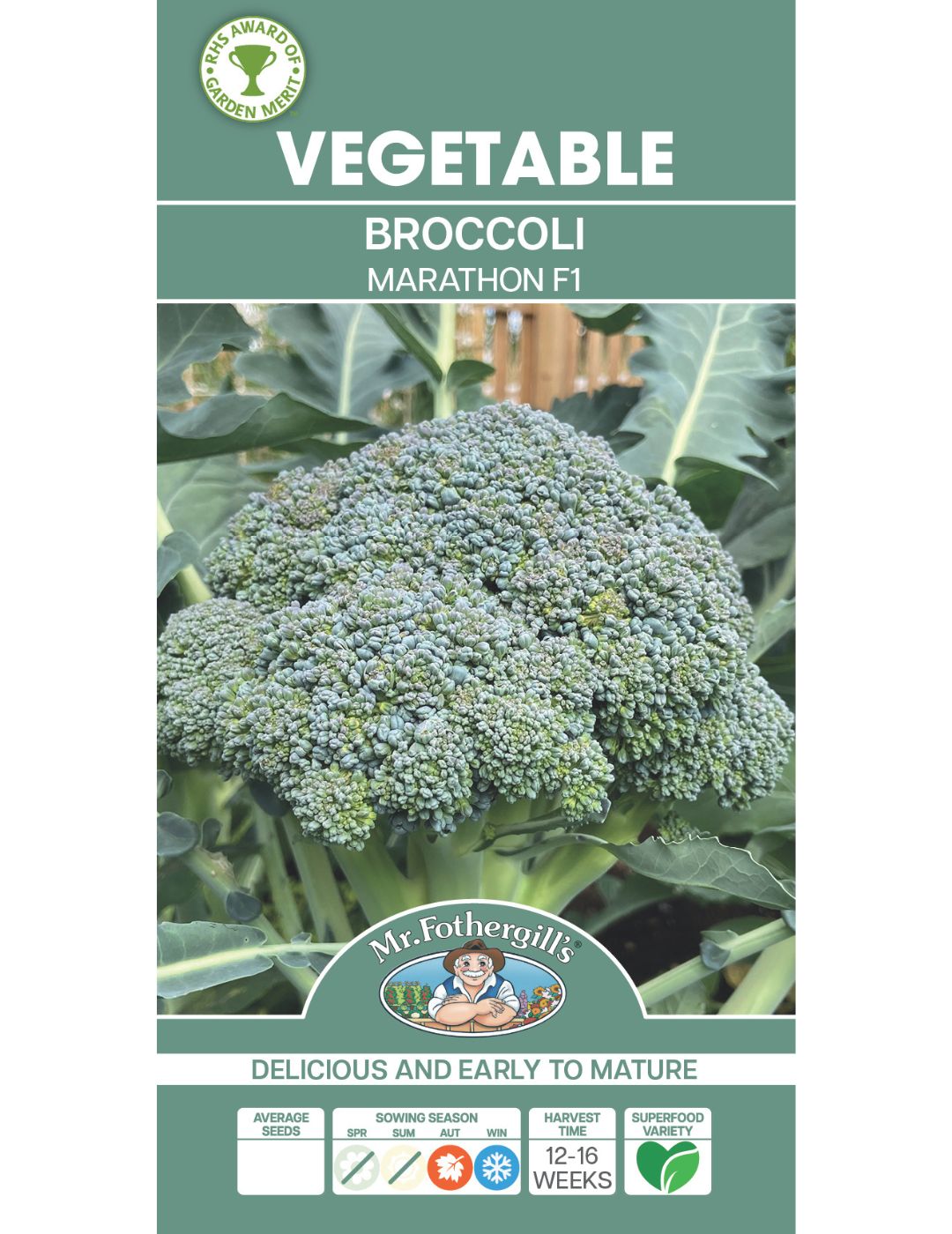
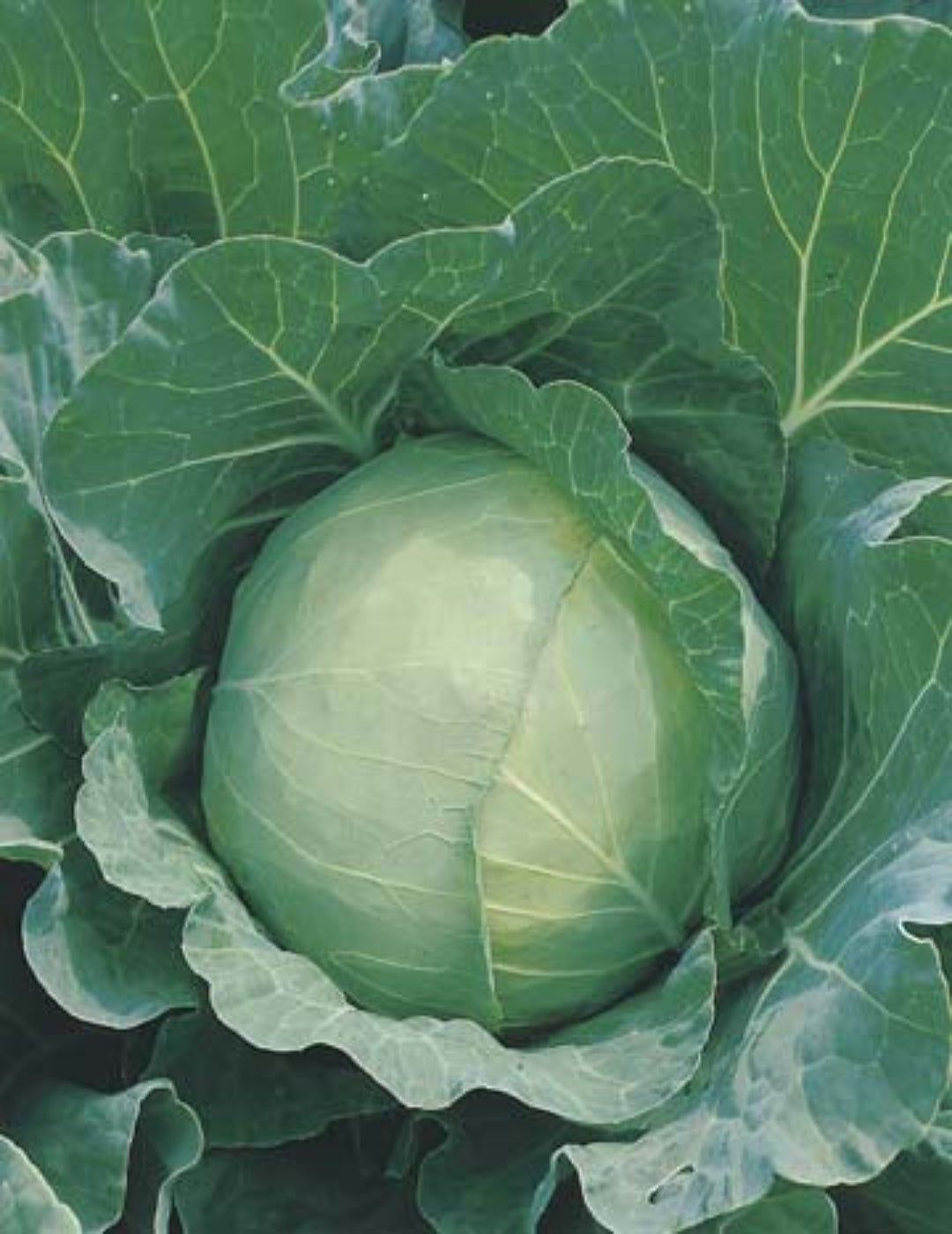
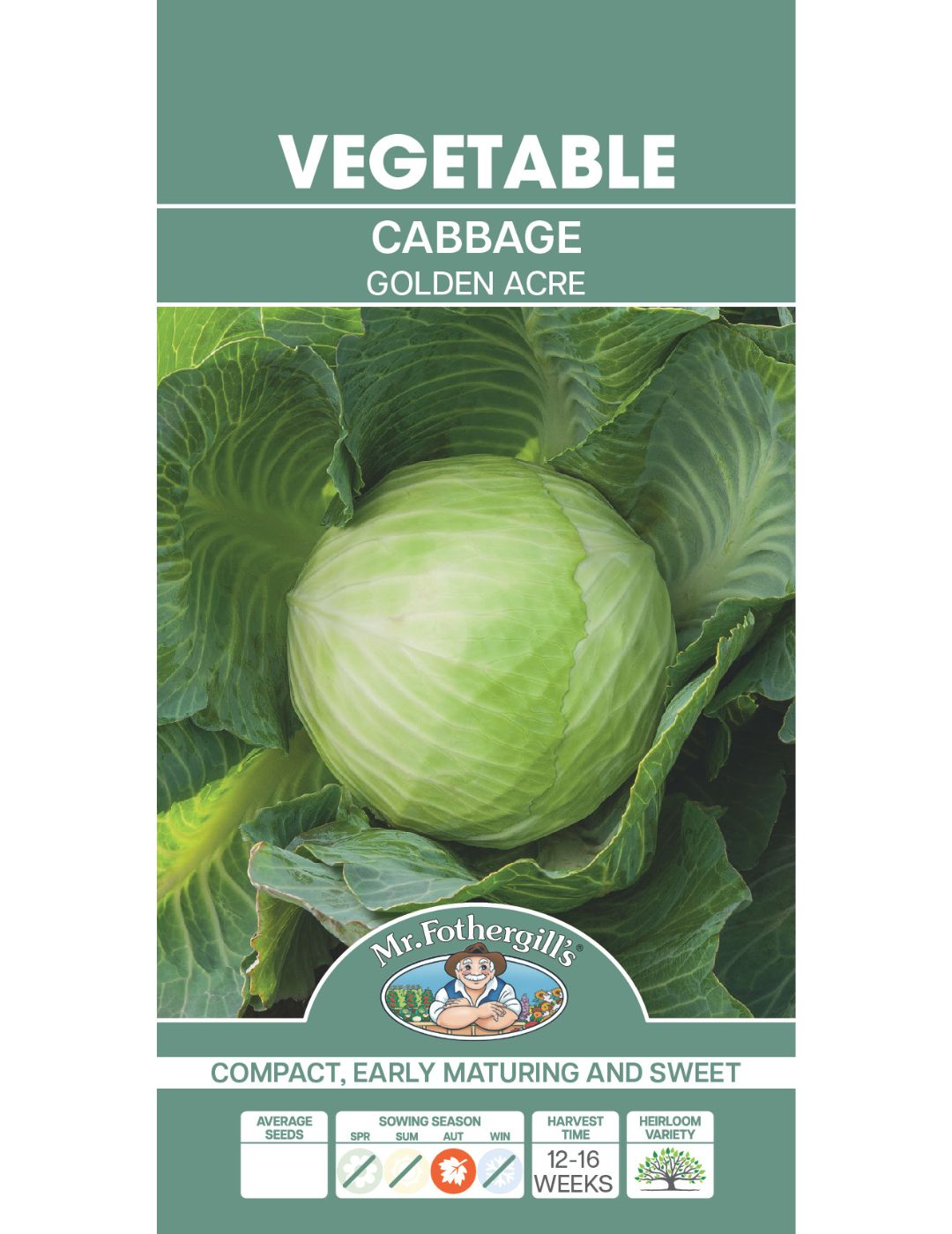
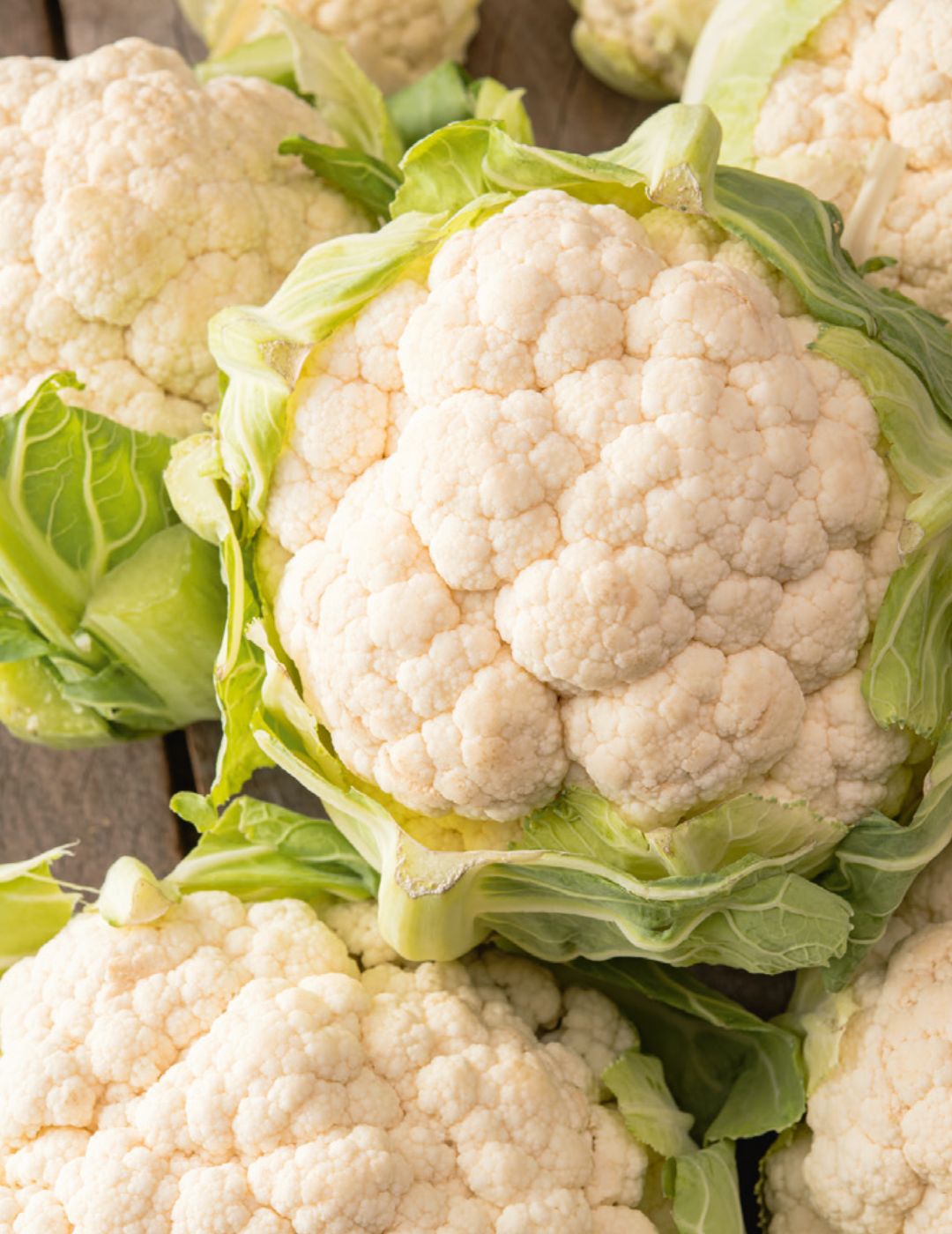
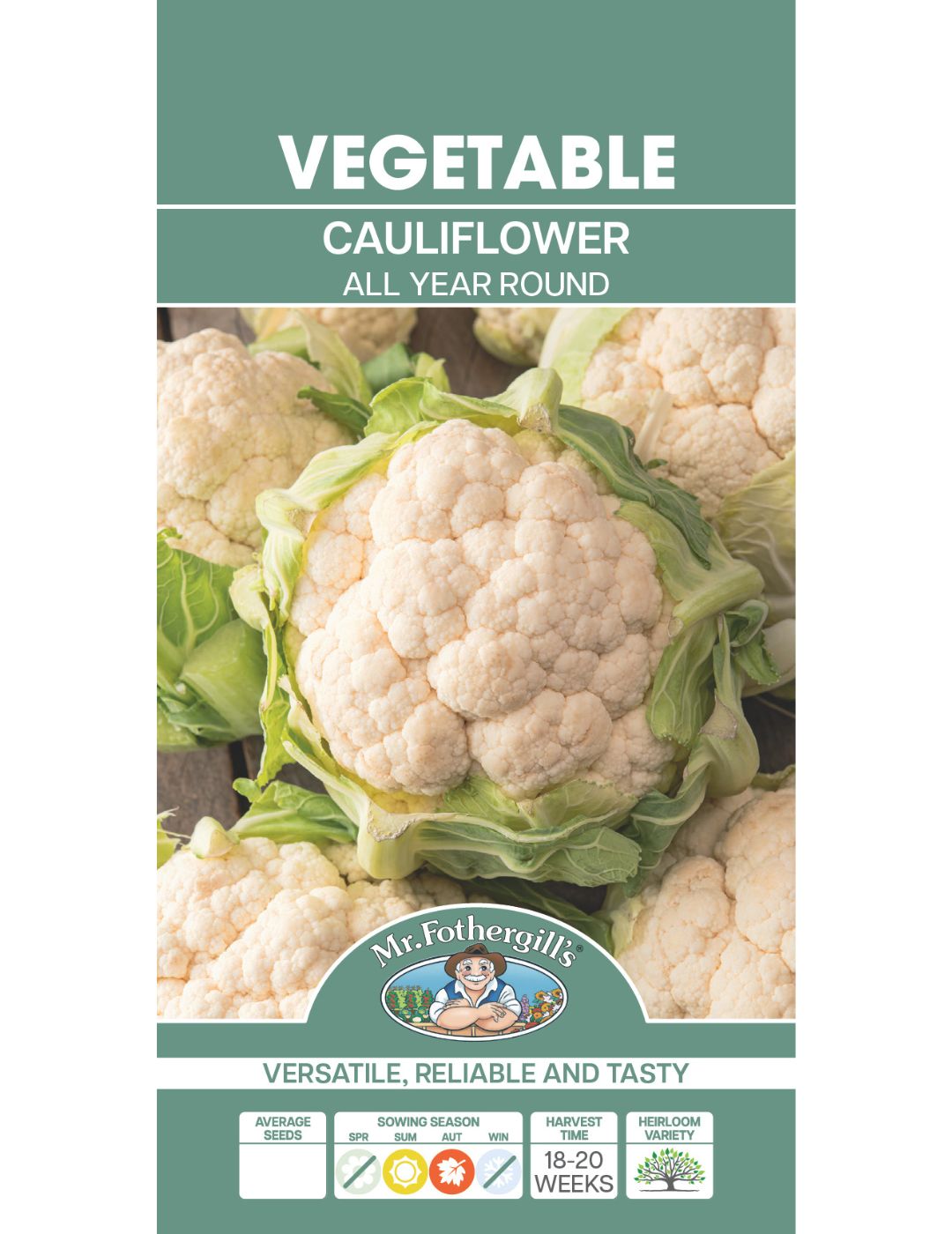
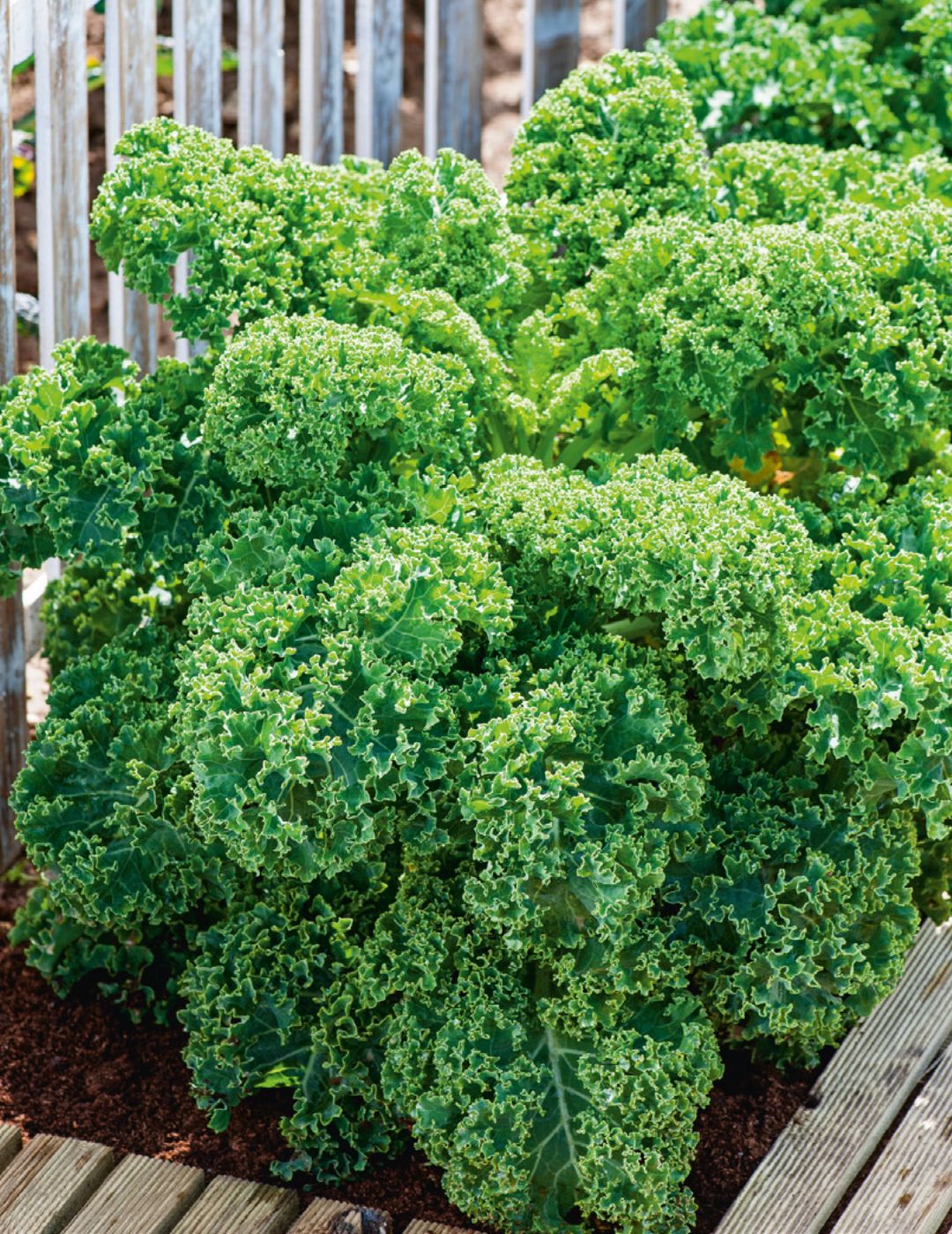
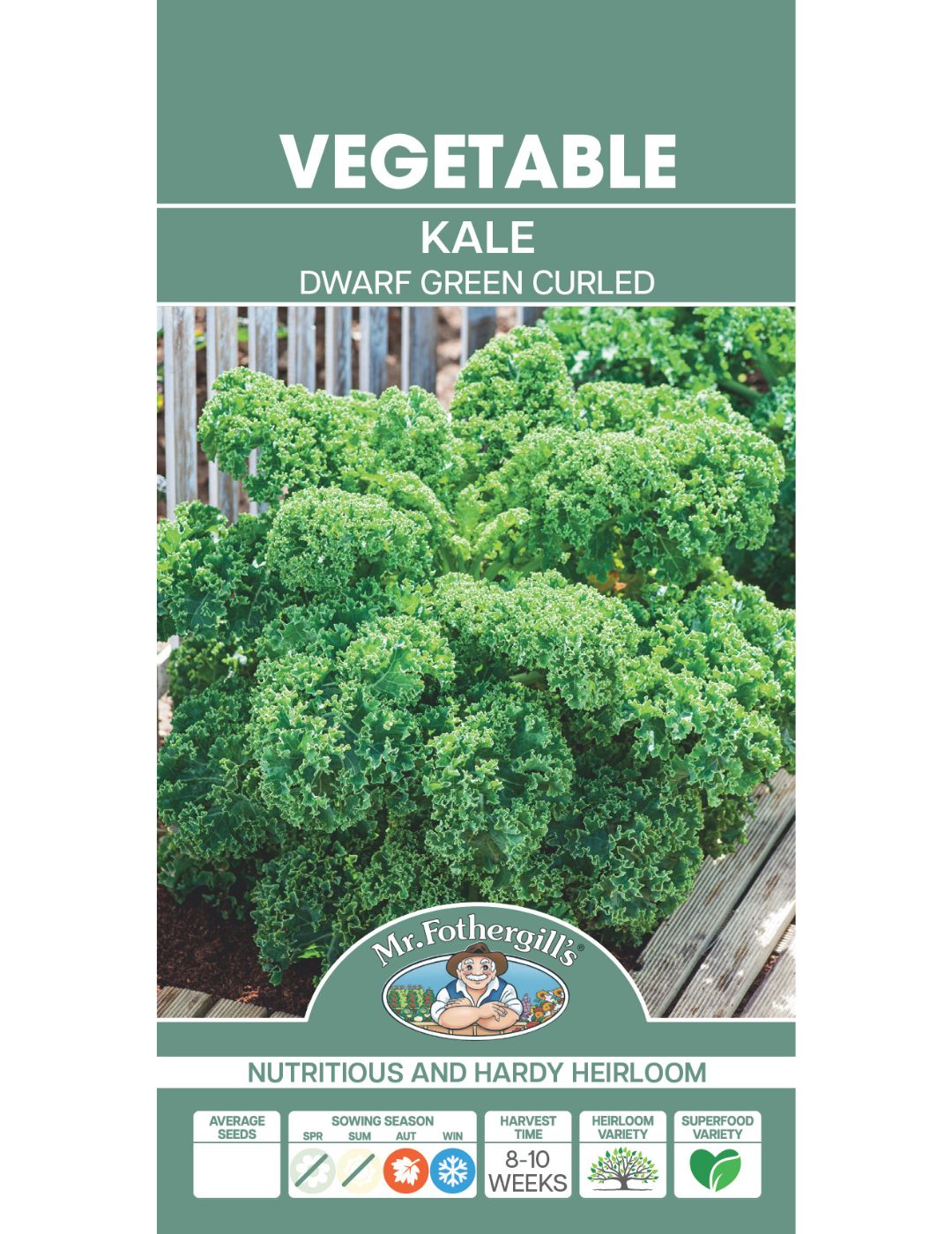
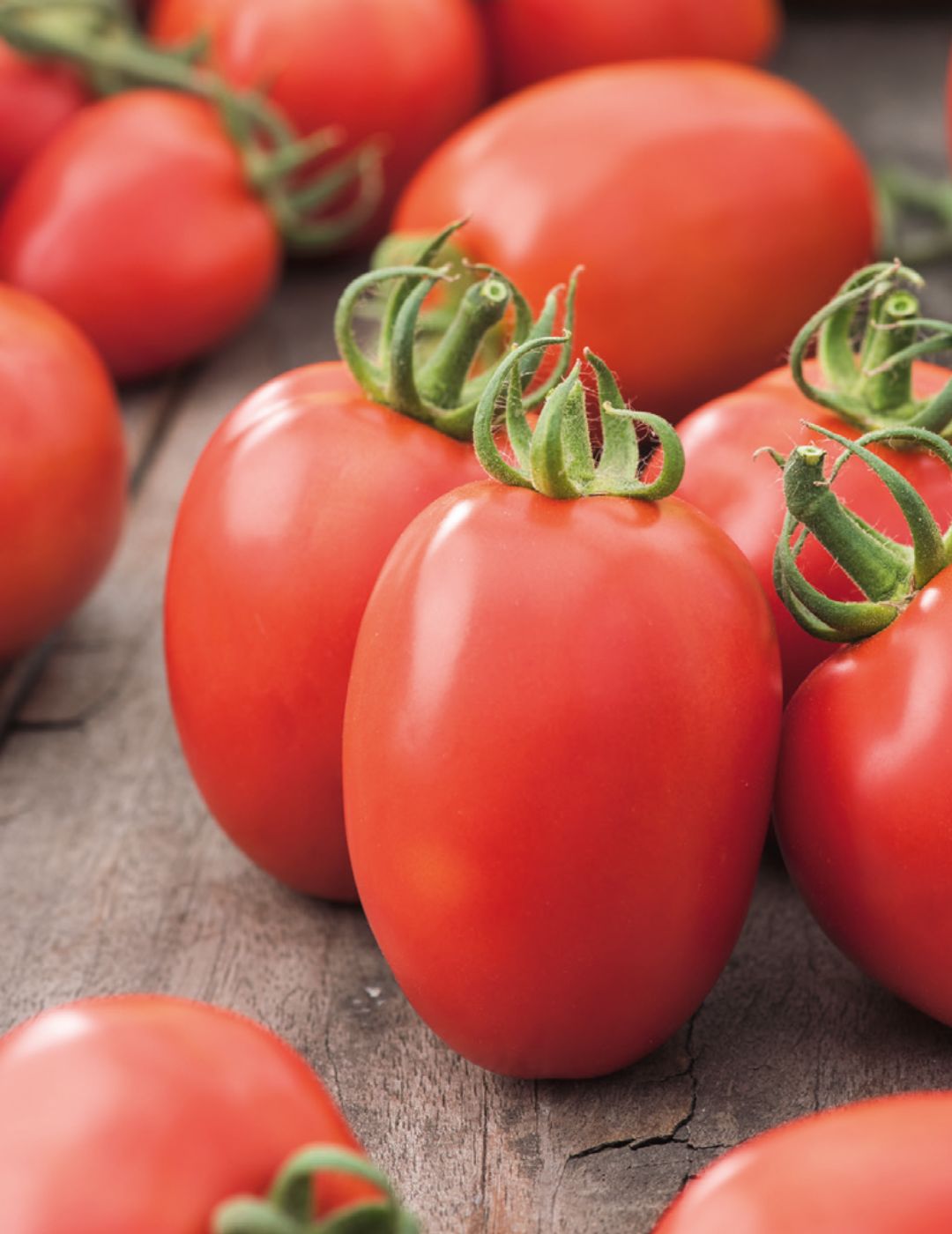
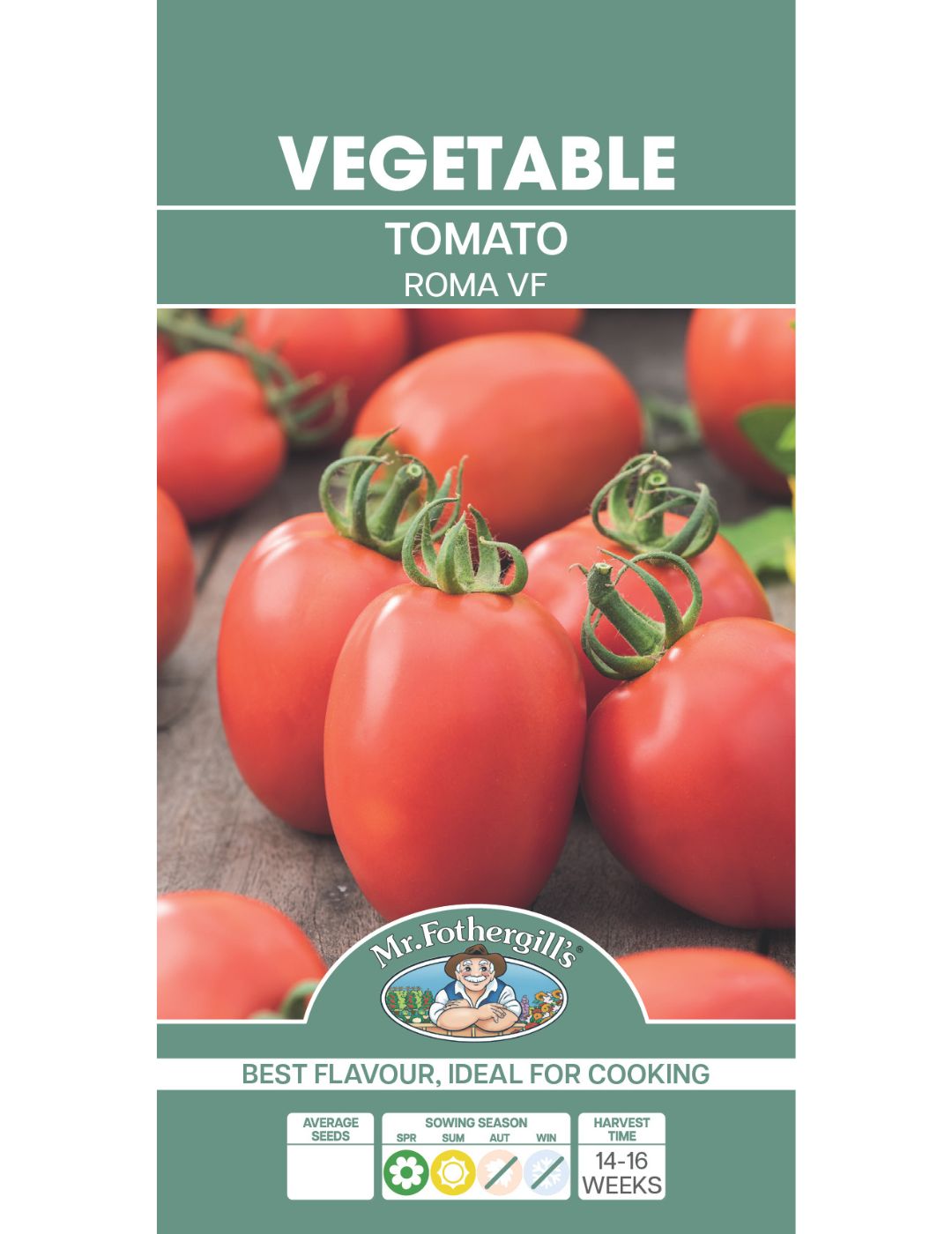
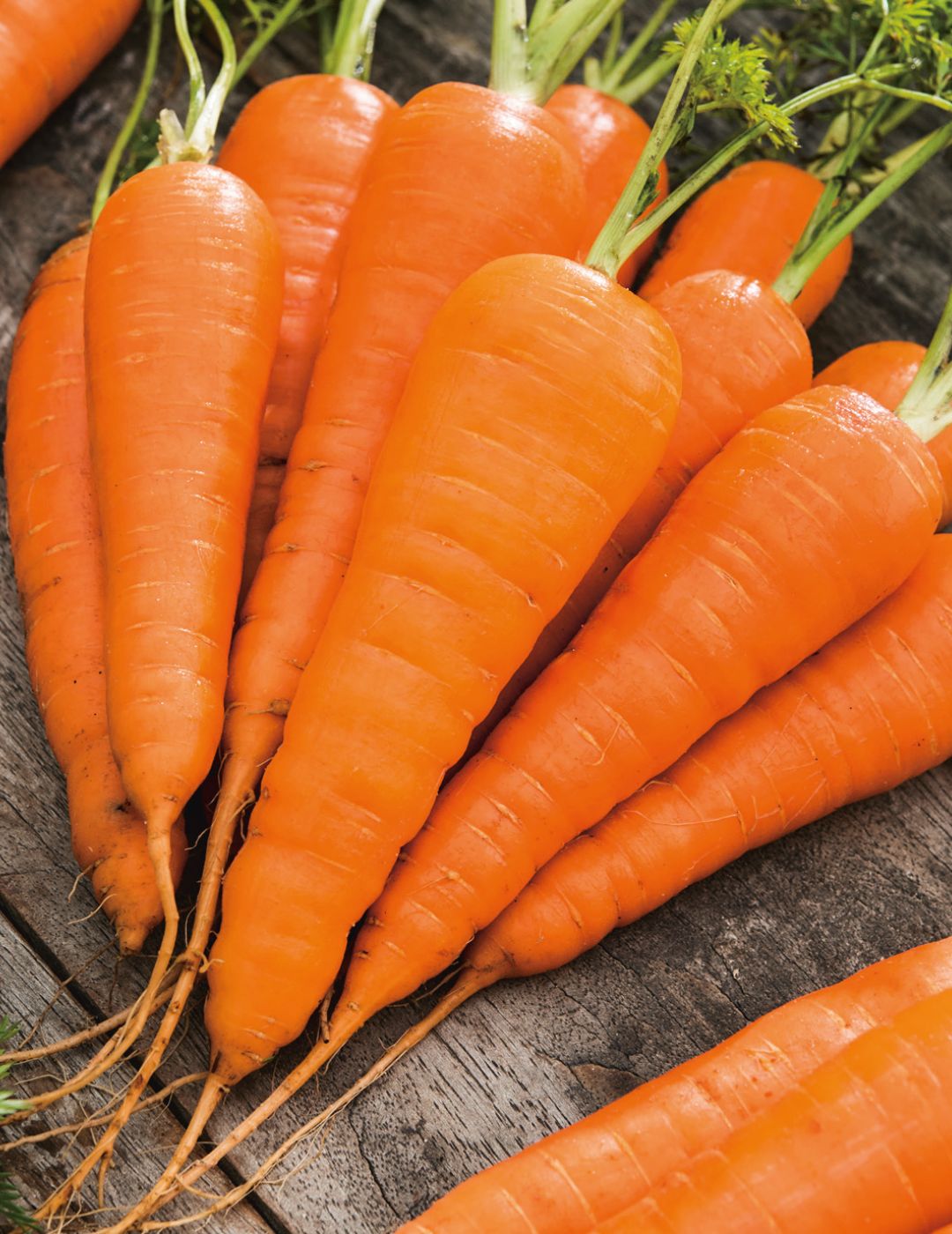
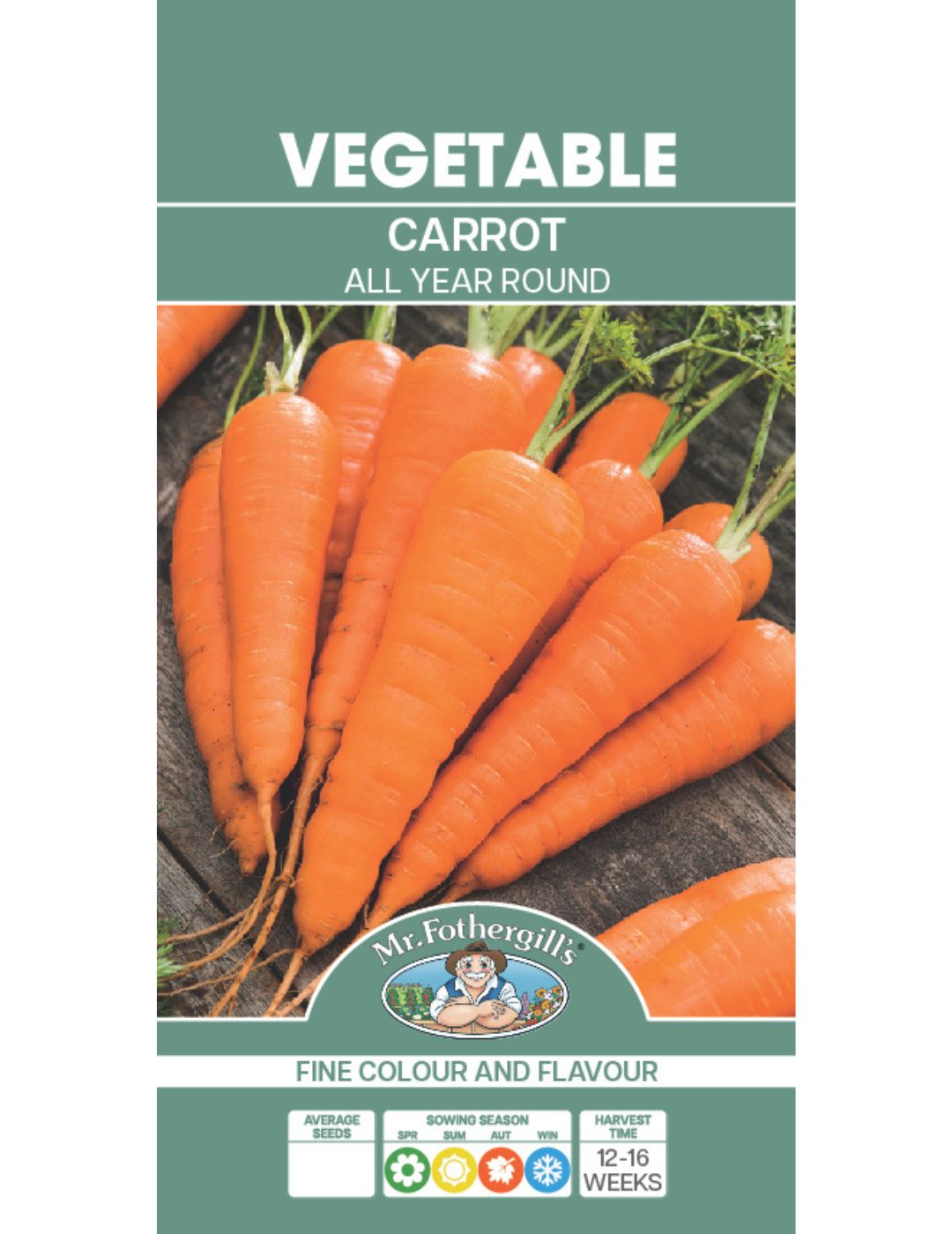
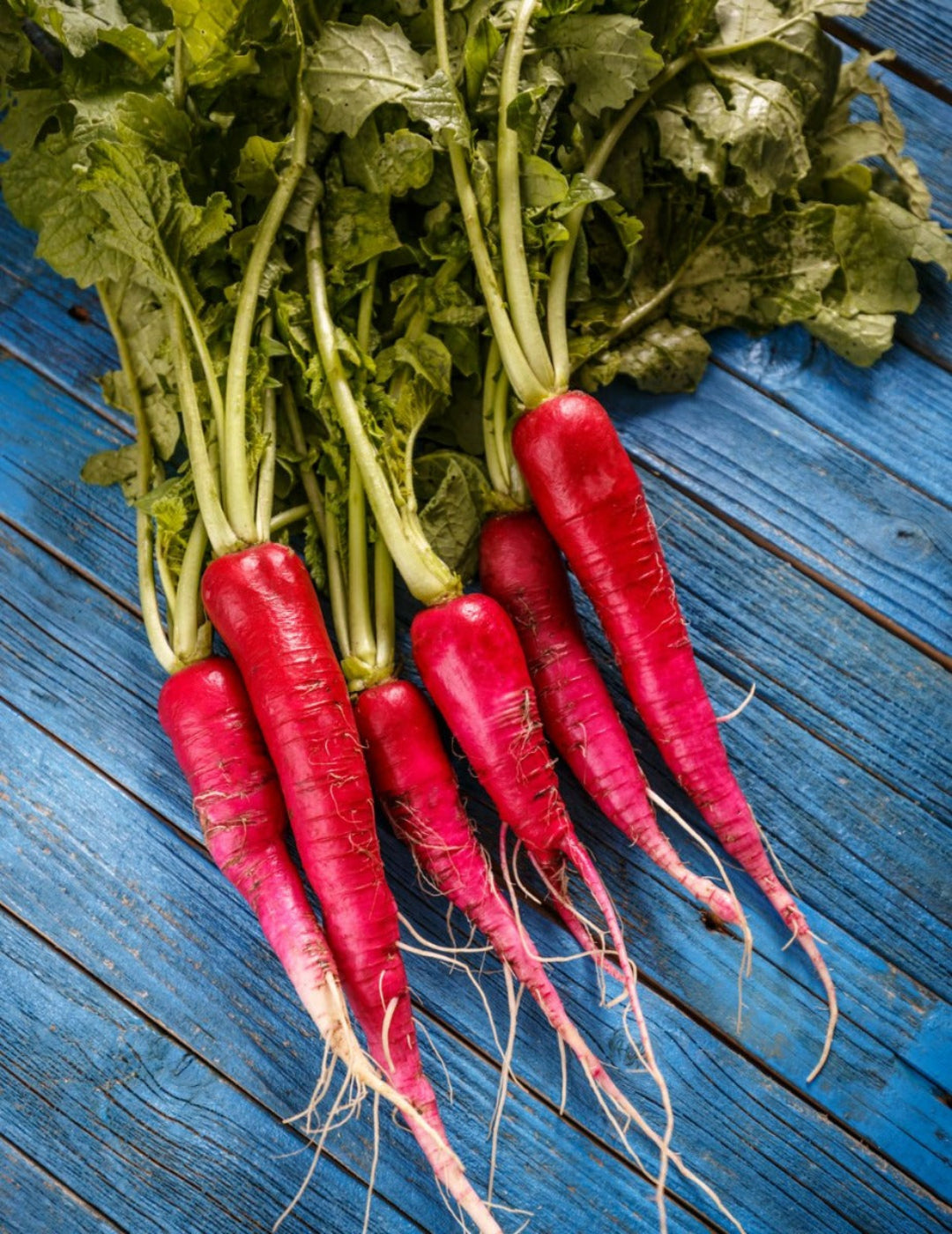
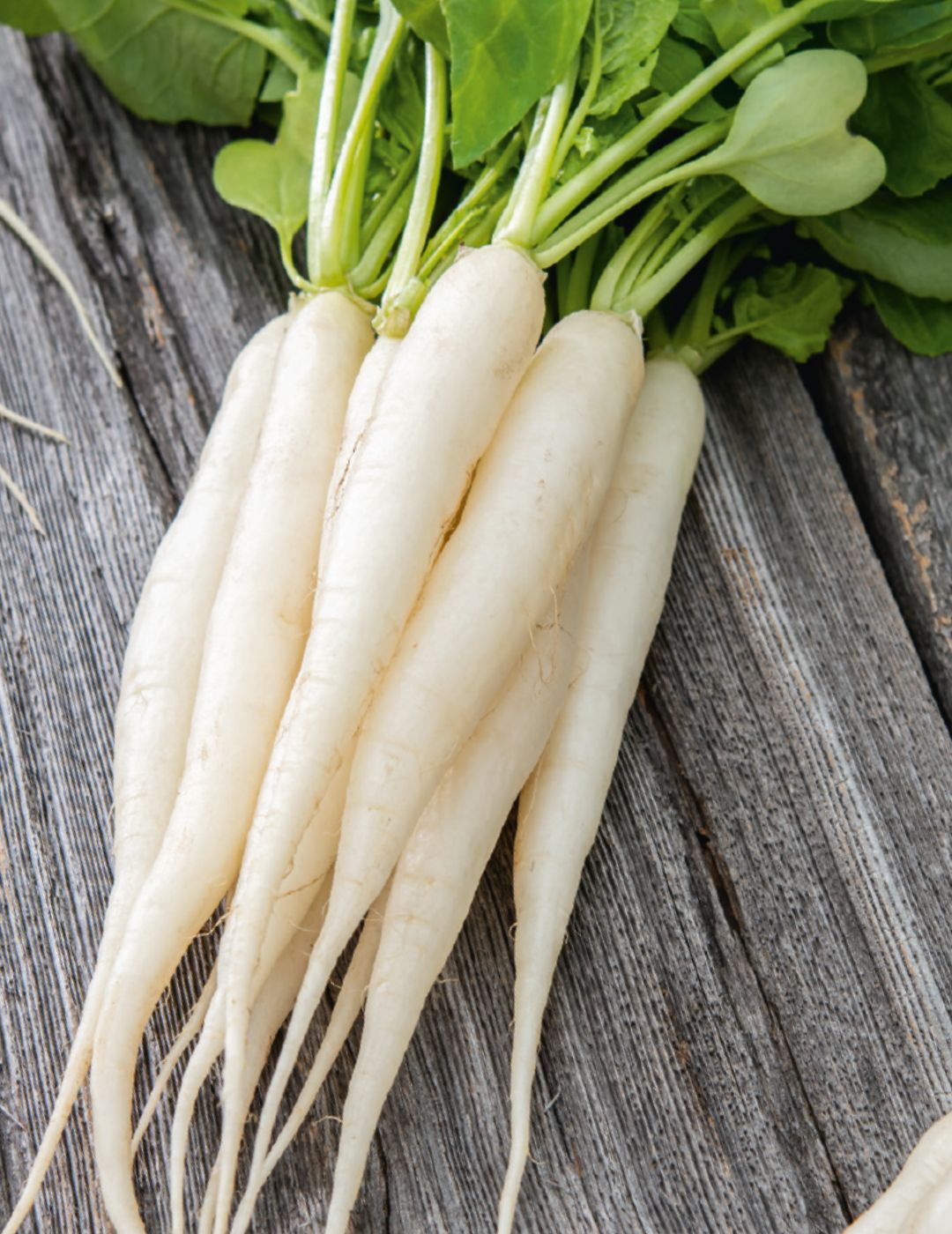
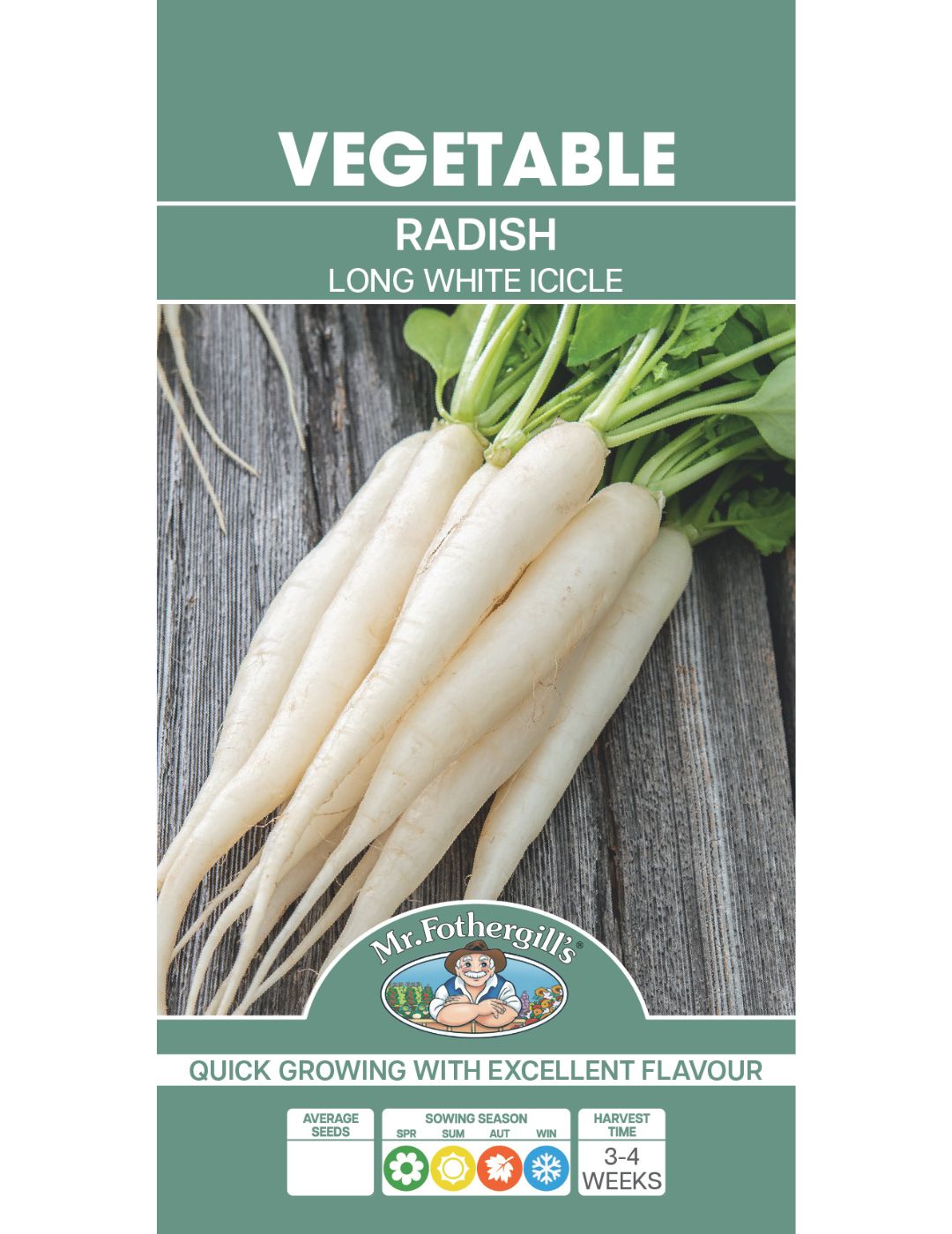

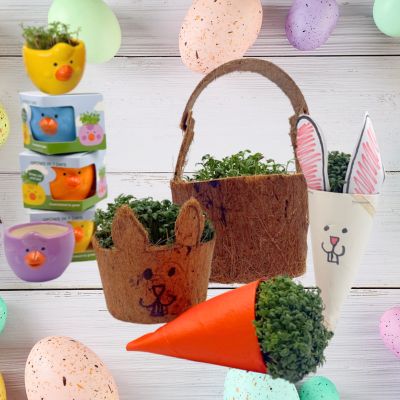



Leave a comment
All comments are moderated before being published.
This site is protected by hCaptcha and the hCaptcha Privacy Policy and Terms of Service apply.